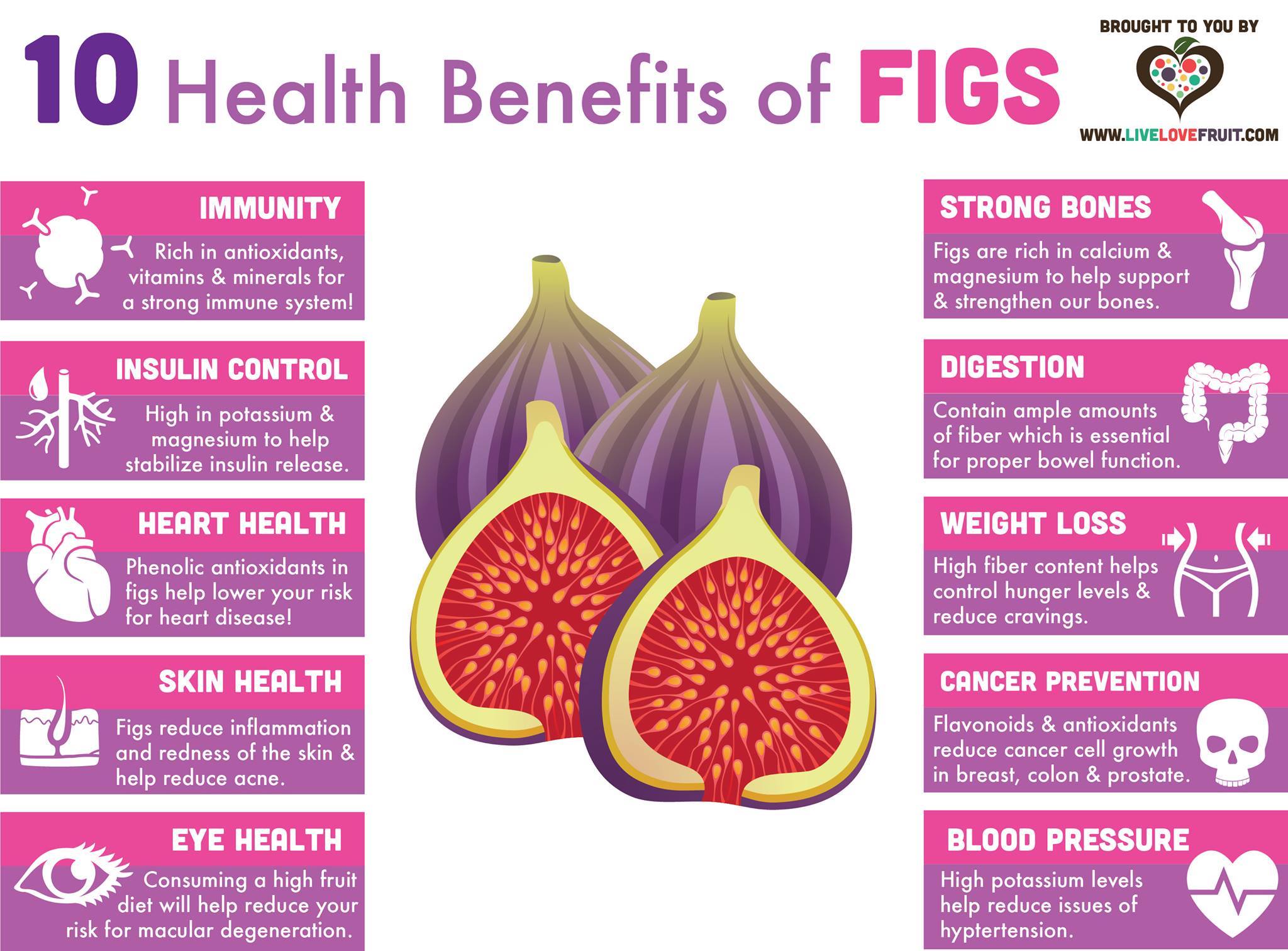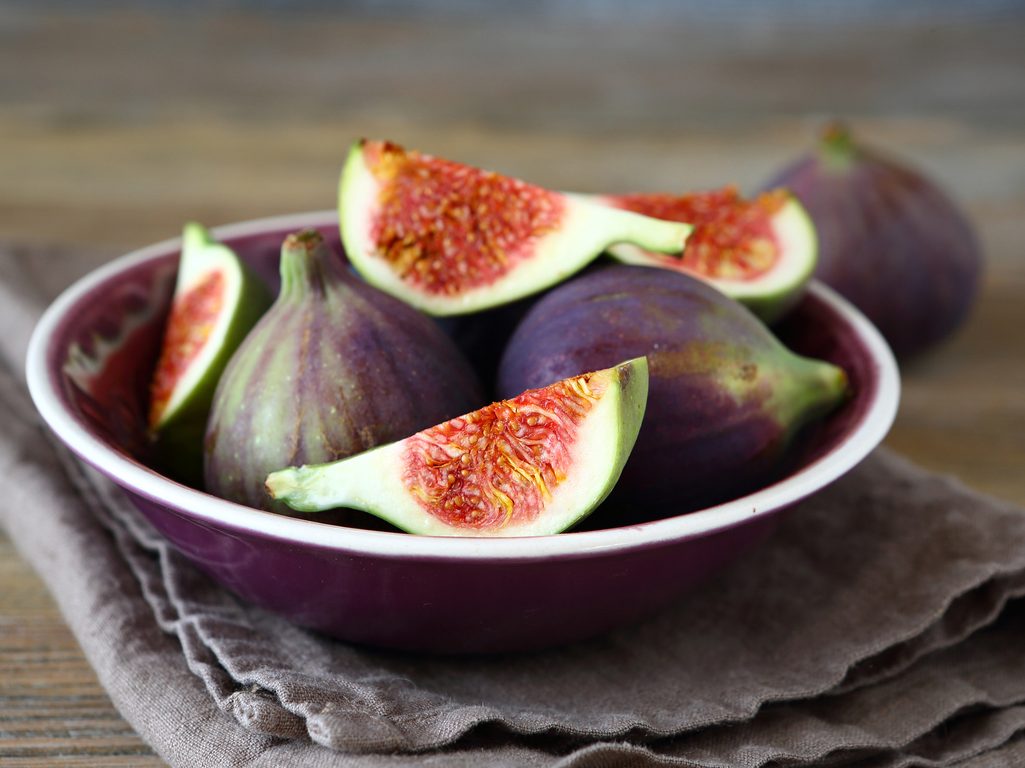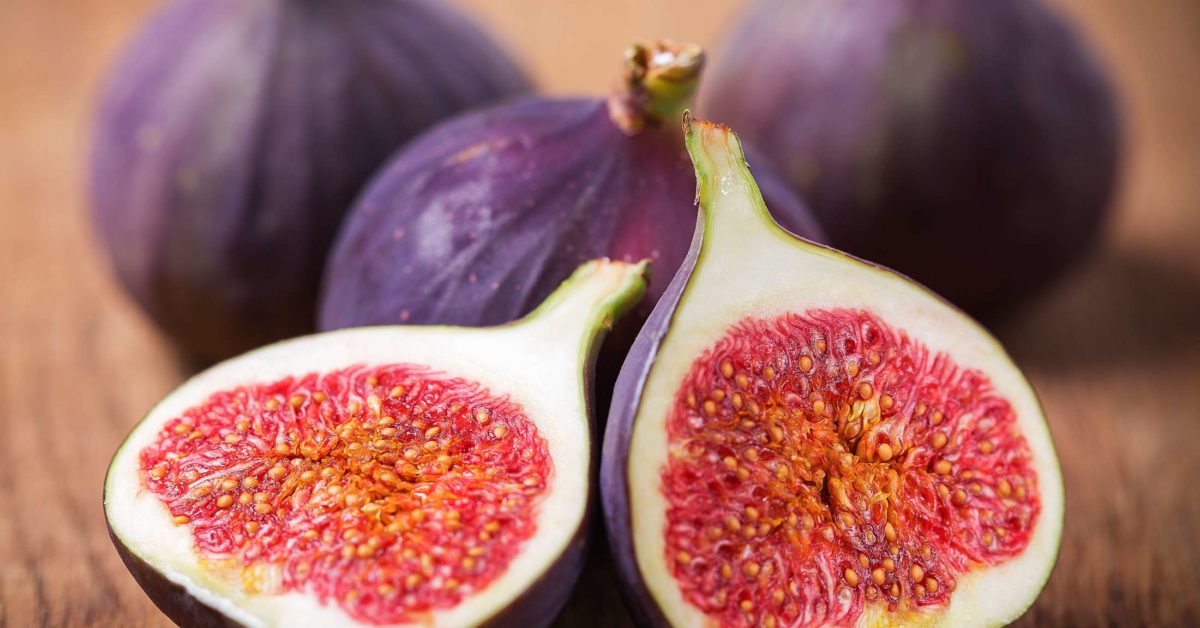What are Figs Fruit? A Brief Overview
Figs fruit, also known simply as figs, are a type of fruit that grow on the Ficus carica tree, a member of the mulberry family. Native to the Mediterranean and western Asia, figs have been cultivated for thousands of years and are enjoyed for their unique taste and texture. There are several varieties of figs fruit, including the common brown turkey, black mission, and calimyrna figs. These fruits have a sweet, slightly tangy flavor and a soft, chewy texture, making them a popular ingredient in a variety of dishes.
Figs fruit are seasonal and are typically available in late summer and early fall. However, dried figs are available year-round and offer many of the same nutritional benefits as fresh figs. When selecting fresh figs, look for ones that are plump, tender, and free from bruises or blemishes. Store them in the refrigerator to extend their shelf life and enjoy them at their freshest.
The Nutritional Profile of Figs Fruit
Figs fruit are not only delicious but also highly nutritious. A single serving of figs fruit (about 3-4 dried figs) contains approximately 150 calories, 5 grams of dietary fiber, and 1 gram of protein. They are also rich in vitamins and minerals, including vitamin A, vitamin K, calcium, and potassium. In fact, figs fruit are one of the best sources of dietary fiber among all fruits, making them an excellent choice for those looking to increase their fiber intake.
Compared to other popular fruits, figs fruit have a higher concentration of certain nutrients. For example, they contain more calcium than oranges, more potassium than bananas, and more dietary fiber than apples. Additionally, figs fruit are a good source of antioxidants, which can help protect the body against damage from free radicals. These antioxidants include flavonoids, polyphenols, and anthocyanins, which are also found in other fruits and vegetables.
Health Benefits of Consuming Figs Fruit
Figs fruit offer a wide range of health benefits, thanks to their rich nutritional profile. Here are some of the potential health benefits of consuming figs fruit:
- Improved digestion: Figs fruit are high in dietary fiber, which can help promote regular bowel movements and prevent constipation. They also contain enzymes that can help break down food in the digestive tract, making it easier to absorb nutrients.
- Blood sugar control: Figs fruit have a low glycemic index, which means they release sugar slowly into the bloodstream. This can help prevent spikes in blood sugar levels, making them a good choice for people with diabetes or those looking to maintain stable blood sugar levels.
- Bone health: Figs fruit are a good source of calcium, which is essential for maintaining strong bones. They also contain magnesium and potassium, which can help improve bone density and prevent osteoporosis.
- Heart health: Figs fruit contain antioxidants and anti-inflammatory compounds that can help reduce the risk of heart disease. They are also high in potassium, which can help lower blood pressure and reduce the risk of stroke.
- Weight management: Figs fruit are low in calories and high in fiber, making them a filling and satisfying snack. They can help curb hunger and prevent overeating, making them a useful tool for weight management.
Scientific studies have supported many of these health benefits. For example, a study published in the Journal of Ethnopharmacology found that figs fruit extract had anti-diabetic effects in rats, suggesting that they may be helpful for people with diabetes. Another study published in the Journal of Agricultural and Food Chemistry found that figs fruit extract had anti-inflammatory effects, which could help reduce the risk of chronic diseases like heart disease and cancer.
How to Incorporate Figs Fruit into Your Diet
Figs fruit are a versatile ingredient that can be used in a variety of dishes, both sweet and savory. Here are some practical tips and recipe ideas for incorporating figs fruit into your daily meals:
- Add them to salads: Fresh figs fruit can be sliced and added to salads for a burst of sweetness and texture. Try pairing them with bitter greens, tangy cheese, and toasted nuts for a delicious and satisfying salad.
- Blend them into smoothies: Dried figs fruit can be soaked in water and blended into smoothies for a fiber-rich and nutritious drink. Try combining them with bananas, almond milk, and cinnamon for a delicious and warming smoothie.
- Bake them into desserts: Figs fruit can be stuffed with nuts, honey, and spices and baked into a delicious and healthy dessert. They can also be used in cakes, tarts, and other baked goods for a unique and delicious flavor.
- Use them as a topping: Figs fruit can be sliced and used as a topping for oatmeal, yogurt, or ice cream. They can also be used as a filling for crepes or pancakes for a special breakfast or brunch treat.
- Add them to savory dishes: Figs fruit can be used in savory dishes like stews, tagines, and roasted meats for a sweet and savory flavor combination. Try pairing them with ingredients like balsamic vinegar, rosemary, and thyme for a delicious and unexpected twist.
When using figs fruit in recipes, it’s important to choose ripe and fresh figs fruit for the best flavor and texture. Look for figs fruit that are plump, tender, and free from blemishes. If using dried figs fruit, soak them in water for a few hours before using to rehydrate them and make them easier to blend or chop.
Selecting and Storing Figs Fruit for Optimal Freshness
Choosing ripe and fresh figs fruit is essential for enjoying their unique taste and texture. Here are some tips for selecting and storing figs fruit for optimal freshness:
- Selecting figs fruit: Look for figs fruit that are plump, tender, and free from blemishes. They should have a slight give when squeezed gently. Avoid figs fruit that are overly soft, shriveled, or have mold or bruises. The skin should be smooth and shiny, with no wrinkles or cracks. The color can vary depending on the variety, but generally, figs fruit should have a deep, rich hue.
- Storing figs fruit: Fresh figs fruit are delicate and should be handled with care. Store them in the refrigerator, loosely covered with plastic wrap or in a paper bag, to extend their shelf life. Do not wash figs fruit until ready to use, as moisture can cause them to spoil more quickly. Dried figs fruit can be stored in a cool, dry place in an airtight container for several months.
- Preparing figs fruit: Rinse figs fruit under cold water and pat dry with a paper towel before using. Trim off the stem and cut in half or slice, depending on the recipe. If using dried figs fruit, soak them in warm water for a few minutes to rehydrate them and make them easier to chop.
- Freezing figs fruit: Fresh figs fruit can be frozen for later use. Wash, dry, and slice the figs fruit, then arrange them in a single layer on a baking sheet lined with parchment paper. Freeze until solid, then transfer to an airtight container or freezer bag. Use within six months for best quality.
By following these tips, you can enjoy fresh and delicious figs fruit year-round. Incorporate them into your daily meals for a nutritious and flavorful addition to your diet.
Potential Drawbacks and Allergies Related to Figs Fruit
While figs fruit offer numerous health benefits, there are some potential drawbacks and allergies to be aware of. Here are some things to consider:
- High sugar content: Figs fruit are high in natural sugars, which can be a concern for people with diabetes or those following a low-carb diet. However, the fiber content in figs fruit can help slow down the absorption of sugar, making them a better choice than other sweet snacks. If you have concerns about the sugar content, opt for fresh figs fruit over dried ones, as they contain less sugar per serving.
- Allergic reactions: Figs fruit allergies are rare but can occur. Symptoms may include itching, swelling, and hives. In severe cases, anaphylaxis can occur. If you suspect you have a figs fruit allergy, consult with a healthcare professional for proper diagnosis and treatment. People with allergies to birch pollen or latex may also have cross-reactivity to figs fruit, as they contain similar proteins.
- Pesticide residue: Figs fruit can contain high levels of pesticide residue, which can be harmful to health. Choose organic figs fruit whenever possible, or wash and peel them thoroughly before eating to reduce exposure to pesticides.
- Unripe figs fruit: Unripe figs fruit contain a substance called ficin, which can cause digestive upset and irritation in some people. Ripe figs fruit have a soft and yielding texture, and their skin should be free from blemishes and wrinkles. Avoid eating unripe figs fruit, as they can cause stomach discomfort and other digestive issues.
By being aware of these potential drawbacks and allergies, you can make informed decisions about incorporating figs fruit into your diet. If you have any concerns or health issues, consult with a healthcare professional before consuming figs fruit.
Comparing Figs Fruit with Other Popular FruitsSustainability and Ethical Considerations of Figs Fruit Production
When it comes to choosing fruits for your diet, it’s important to consider not only their nutritional value but also their environmental and ethical impact. Here’s what you need to know about the sustainability and ethical considerations of figs fruit production:
- Water usage: Figs fruit production can be water-intensive, particularly in regions where water scarcity is a concern. Look for figs fruit that are grown using sustainable irrigation practices, such as drip irrigation or mulching, to reduce water waste.
- Pesticide use: Figs fruit are susceptible to pests and diseases, which can lead to the use of harmful pesticides. Choose organic figs fruit whenever possible to reduce your exposure to these chemicals. If organic figs fruit are not available, look for conventionally grown figs fruit that are certified by a reputable third-party organization, such as the USDA or the European Union.
- Labor practices: Figs fruit are often hand-picked, which can lead to issues with labor exploitation and poor working conditions. Look for fair trade certified figs fruit to ensure that the workers who produce them are paid a fair wage and work in safe and healthy conditions.
- Carbon footprint: The carbon footprint of figs fruit can vary depending on their transportation and storage methods. Choose locally grown figs fruit when possible to reduce their carbon footprint. If locally grown figs fruit are not available, look for those that are shipped by sea or rail rather than air.
- Biodiversity: Monoculture farming practices, which involve growing a single crop on a large scale, can lead to soil degradation and a loss of biodiversity. Look for figs fruit that are grown using regenerative agriculture practices, which prioritize soil health, crop rotation, and biodiversity.
By choosing sustainable and ethically produced figs fruit, you can enjoy their many health benefits while also supporting a more just and equitable food system. Look for certifications such as organic, fair trade, and Rainforest Alliance to help guide your choices.







